The award-winning Systems Engineering program at ANU is unique in Australia. We asked students, alumni, and academics to explain how and why.
Explaining Systems Engineering isn’t easy, as third-year student Jessica Weakly found when she spent a semester in the United States.
“They confused it with process engineering, which is about engineering in industrial processes,” she said. “I spent some time explaining systems engineering is grounded in design processes that can be applicable to any number of systems.”
The Australian National University (ANU) undergraduate engineering degrees are unique in Australia, integrating engineering fundamentals with a “systems engineering approach geared for the increasingly transdisciplinary, socio-technical contexts of the 21st century”.
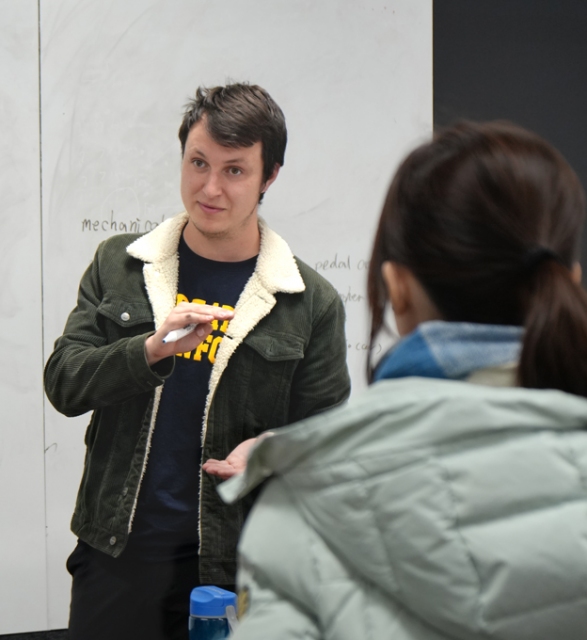
Alexander Ollman, a 2019 graduate now a product manager in Silicon Valley, said, “Systems Engineering is about the ability to think holistically about a problem. It’s being able to consider a number of tools—and those tools may not be strictly engineering tools—that may be relevant to the system you are designing.”
Ollman said that a broader, future-fitted outlook makes Systems Engineers more adaptable and effective in emerging disciplines and complex environments.
“There’s is no better feeling than graduating from university, going out into an industry that you are inherently passionate about and your very first day, realising… this is familiar. I understand what is going on here. In fact, I have a unique and creative way to solve problems that this organisation has been trying to solve for a long time,” Ollman said.
Exellence award seen as nod to novel approach
Last week, the Systems Engineering teaching team received a 2023 Vice-Chancellor’s Award for Excellence in Education. The news was welcomed as an affirmation of a strategic pivot undertaken four years ago, which led to deeper engagement with industry, and a 13% improvement in student satisfaction.
In the industry, engineering projects are mapped across years; not semesters. The redesigned Systems Engineering core at the ANU College of Engineering, Computing and Cybernetics (CECC) features a sequence of courses across two years (four semesters), offering students a selection of industry hubs on which to focus, from design and implementation to maintenance and end-of-life practices.
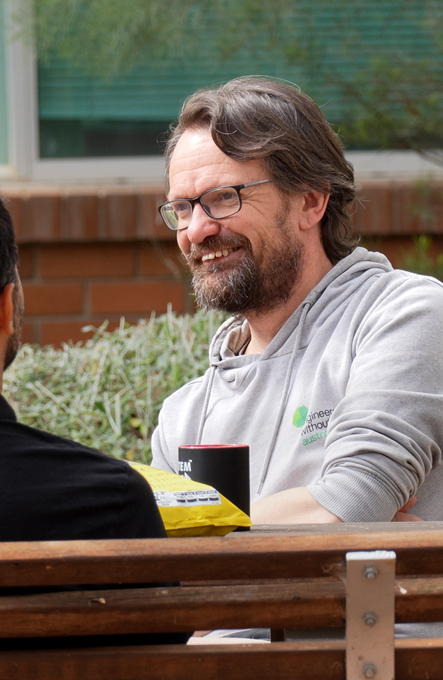
“We scope authentic projects with external clients, usually focused on a specific capability within a larger system,” said Dr Jeremy Smith, one of the primary architects of the Systems Engineering redesign. “The student teams explore with their clients how to have a positive impact in areas like resilience or disaster response, food security, energy, transportation, or healthcare.”
Students might design a remote energy system and analyse its social, environmental, and economic impact across two semesters in Year 2. And if they stay with the same industry partner, they might focus on implementation, performance, maintenance, and sustainable decommissioning in Year 3.
Third-year student Charlotte Fell said the integration of real-world projects has afforded her “a harmony of conceptual and practical learning”.
“We’re creating a generation of engineers more aware of and focused on deeply understanding the context in which their system or design operates,” she said.
Students can switch between hubs to gain experience in numerous domains. Currently the project hubs are Agri-Technology, Energy Transitions, Healthcare, Humanitarian Engineering, Space, and Transportation. New project hubs can be added to respond to emerging industry demands, national priorities, and research opportunities.
The confluence between education and practice is continued in Year 4 with the Capstone project, where students self-select into year-long enterprises proposed by a diverse roster of industry clients, with students serving as engineering design consultants solving real-world problems.
Overheard at Open Day
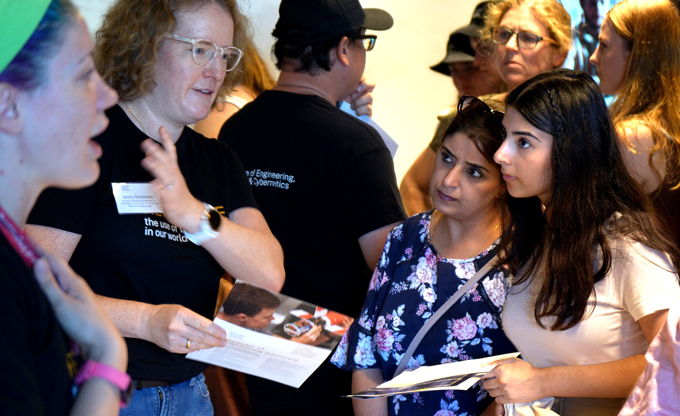
When prospective students visit campus to ask about the ANU engineering program, many of them have a specific branch of engineering in mind, such as renewable energy or mechatronics. For most, the concept of Systems Engineering is new.
If their goal is to become an electrical engineer, will the Systems Engineering core help or hinder them?
“It’s hard to think of any project where you just have electrical engineers working by themselves,” said Dr Marnie Shaw, who leads the Systems Engineering teaching team. “When you’re working in the real world, you need to be able to work with people from other backgrounds and other disciplines.”
Ms Weakley agreed.
“Maybe traditionally there was a room just for electrical engineers,” she said. “But realistically, engineers are called upon to do such a diverse range of tasks at the moment. Technology is moving so fast that it’s important to have a skill set that can be generalised for emerging contexts.”
“Electrical systems interact with other systems: energy systems, security applications, resilience applications,” said Dr Smith. “With a Systems perspective, you’re more naturally suited to the way that practise is being done in engineering today. We don’t have ‘just electrical systems’ anymore. All systems will have a control element, an embedded element, and software.”
What if a student’s career goal is to work in civil engineering, should they study at ANU, even though it doesn’t offer a Civil Engineering major?
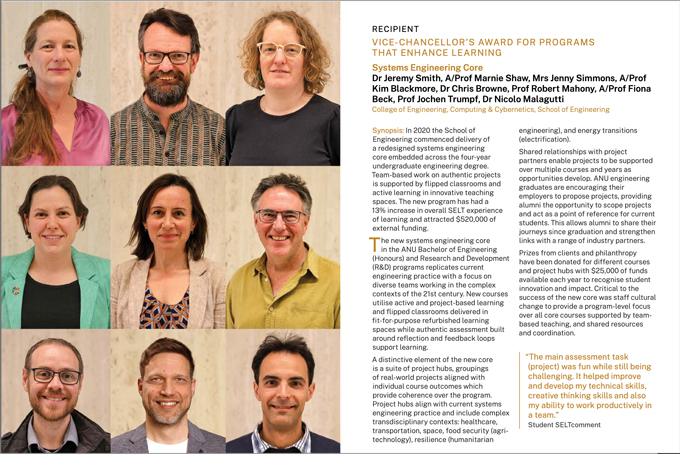
“If you’re really set on doing civil engineering, you should go to a school that just does civil engineering,” said Dr Shaw. “But who knows when they start at university exactly which area of engineering they want to work in?”
“I see all the time students who come in with a fixed idea of what they want to do. Our program gives them the opportunity to explore and discover interests and passions that they had no idea about before they started here.”
Dr Smith added that the Systems Engineering approach has a lot to offer in civil engineering practice because of its strong emphasis on environmental impact and lifecycle assessment.
“If you look at civil engineering, it’s about building infrastructure and maintaining infrastructure, but what counts as infrastructure is changing rapidly and dramatically,” he said. “For instance, a big part of infrastructure nowadays is around zero emission targets. Most companies and businesses have made very ambitious commitments for 2030, 2040 and 2050. But the detail is lacking. They need help working out how they’re going to do it.”
Dr Smith also pointed out that the projects we associate with civil engineering—roads, buildings, and bridges—are “connected to the energy system, telecommunications, and control systems for transport regulation. They’re connected to wash and water as well.”
“And if we move to autonomous vehicles, what does that mean for our infrastructure design? How are we thinking about disaster response? Infrastructure is going to have to be designed with climate change variability in mind.”
“Learning a Systems view allows us to interact with those other disciplines and plan for an integrated design,” he said.
For the love of the gizmo
Ms Weakley and Ms Fell were drawn to ANU by the Humanitarian Engineering minor, having developed a sense of social responsibility and a desire to “do hard technical things with a powerful people impact” during high school.
But the lion’s share of Open Day visitors are young men who fell in love with technology via remote-controlled cars and science experiment kits gifted them when they were children.

We asked Dr Smith what he might say to a prospective student who had visited universities with larger budgets and bigger, shinier ‘gizmos’ in their facilities.
“Having a small number of really expensive gizmos allows you to do whatever those gizmos do,” he said. “But those gizmos will be out of date in four for five years. So, at ANU, we focus on the capability that those gizmos provide, knowing that how we deliver that capability will evolve with emerging technologies, and interdisciplinary technologies as well.”
Dr Smith’s early career was focused on manufacturing and design in the automotive and aerospace industries.
“I spent a lot of time looking at assembly lines, and they certainly do some amazing things,” he said. “But the idea that you’re going to have a production line that will make one thing for ten years is completely out of the question now. The technology has moved too fast.”
“You’ve got to have that capability yourself to rapidly take on board new technologies, new methods, new materials, new approaches and incorporate those into your work. It’s that constant, lifelong learning. You’ve got to see emerging trends and assess how they might impact us in five to ten years.”
Bridging the gender gap
Engineers Australia has been sounding the alarm about a shortfall in the engineering workforce. They estimate the current shortage at 30,000 engineers and predict it will grow to 100,000 by 2030.
Women make up only 13 per cent of Australia’s engineering workforce, and Ms Weakley feels this can be remedied by correcting the misperception that engineering is more about machines than people.
“Women tend to be more people-oriented in our approach to engineering, whereas guys seem to be more thing-oriented,” she said.
The contrast arises from socialisation, rather than inherent cognitive differences, but Ms Weakley feels that social constructs like ‘women do soft science and men do hard science’ must be acknowledged, not ignored, if we are to better access the talent pool of would-be female engineers.
On that score, Systems Engineering can help.
“Systems Engineering broadens the scope and style of engineering analysis, which allows different types of people to exercise their natural skillset,” she said.
Ms Fell agrees that the desire to “do good” is a larger factor for female engineers. The Humanitarian Engineering minor has a majority female cohort, as does the leadership of Engineers Without Borders, where she serves as Secretary for the ACT chapter.
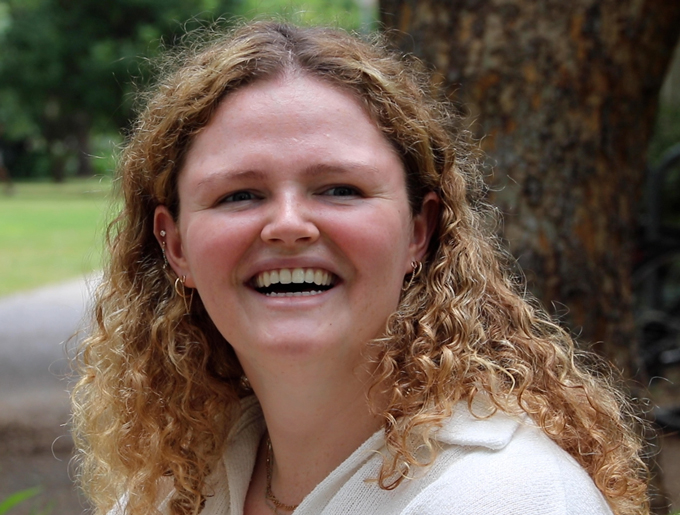
But she finds the attribution of engineering strengths in gendered terms problematic.
“It often results in the onus being put back on women to play the role of caretaker and peacemaker in professional settings, even those who may be more suited to technical work,” Ms Fell said. “It’s important to develop a holistic skill set in all engineers.”
Ms Fell said the Systems Engineering teaching team at ANU has a fantastic ratio of female educators and tutors.
“This is incredibly important for female aspiring engineers to be able to picture themselves in the field, as well as for male aspiring engineers to be exposed to and value perspectives different to their own, particularly from women in a position of leadership. Dr Shaw is a brilliant example of this,” said Ms Fell.
If more universities embrace Humanitarian Engineering and Systems Engineering, Australia’s engineering challenges will be met by, not just more engineers, but also better ones.
“Gender and ethnic diversity in engineering cohorts develops more socio-technical engineers with a higher calibre of skills and the ability to consider societal and ethical issues,” Ms Weakley said.
Computing and engineering share more than a campus
Mr Ollman arrived at ANU expecting to become “a chip designer for Intel”.
He started a double major that included Computer Science and Engineering, then realised that computing was already integrated into the Systems Engineering program.
“A cyber-physical field of expertise is really important,” Dr Shaw said. “We make sure you’re future-prepared for that aspect of engineering projects.”
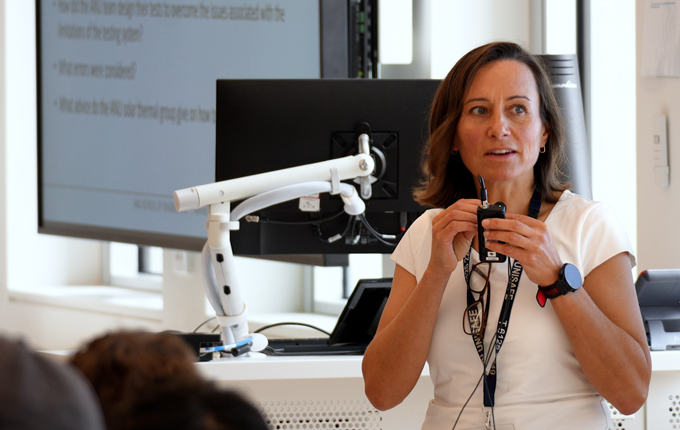
The very first course in the Systems Engineering program requires coding—students are challenged to build and program a robot that can autonomously navigate a maze. In Dr Shaw’s Year 2 course, students learn how to incorporate data analytics and machine learning into engineering design.
“Almost all engineering projects need to think about cybersecurity. So having that expertise right here on campus is extremely helpful. But I think computing is really just embedded in our culture here, in part because the two Schools have evolved together, so a lot of our work is deeply intertwined.”
The School of Computing and the School of Engineering share buildings and facilities in what was called the ANU College of Engineering and Computer Science prior to the launch of a third school, Cybernetics, in 2022. Engineering research benefits from the expertise of computing academics and vice versa.
There is sentiment among engineering educators that Systems Engineering is too complicated to teach at the undergraduate level.
“I can understand why maybe people are saying it would be better to go from a specific discipline into a broader graduate program,” Ms Weakley said.
“But what they do at ANU is give us a better understanding of engineering as a concept before we start learning how to be a technical expert in a particular area, before we choose our major. By teaching systems design and analysis from the get-go, they’re moulding the way that we want future engineers to think.”
Systems engineering can be learned later in life. But proponents of the ANU program point out that future-fitted engineers are prepared to take on global challenges immediately, having already embraced complex, interdisciplinary, human-centred design.

